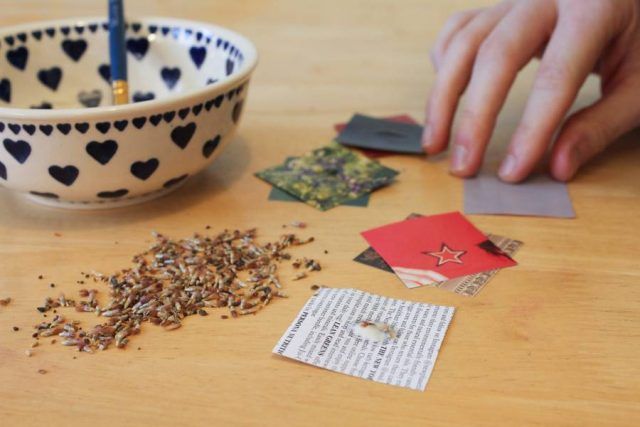Pollinator friendly gardening
Pollinators like bees, butterflies and beetles are wonderful creatures. They help many plants produce seeds, nuts and fruits, which all other wildlife (including us!) rely on to survive. These small but mighty helpers are important to the environment, but sadly their numbers are in decline.
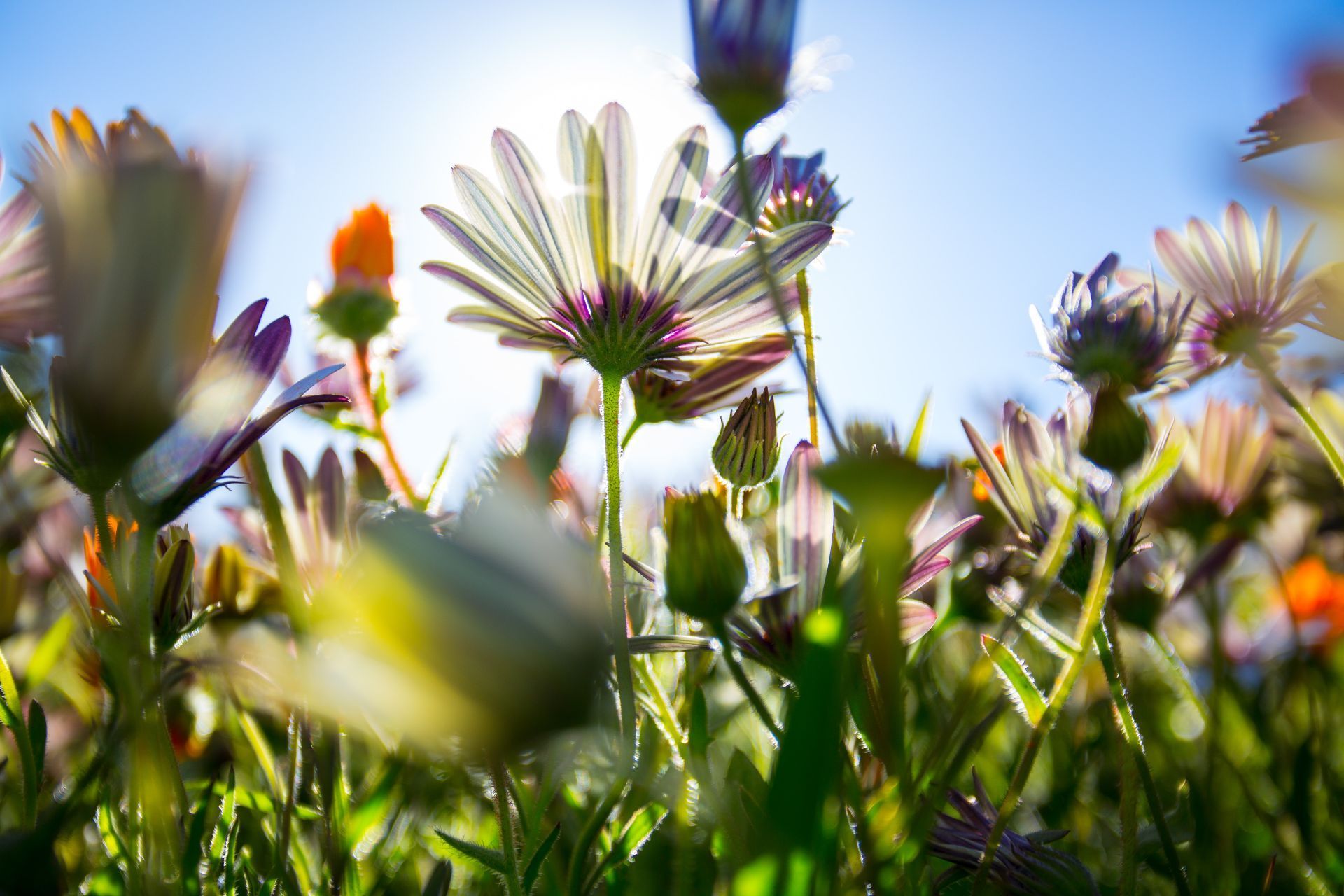
We can all do our bit in supporting pollinators to thrive!
Creating a buzz is easy and fun to do together as a community using stuff you might already have at home.
We’ve put together some of our top tips to get you started with pollinator friendly gardening.
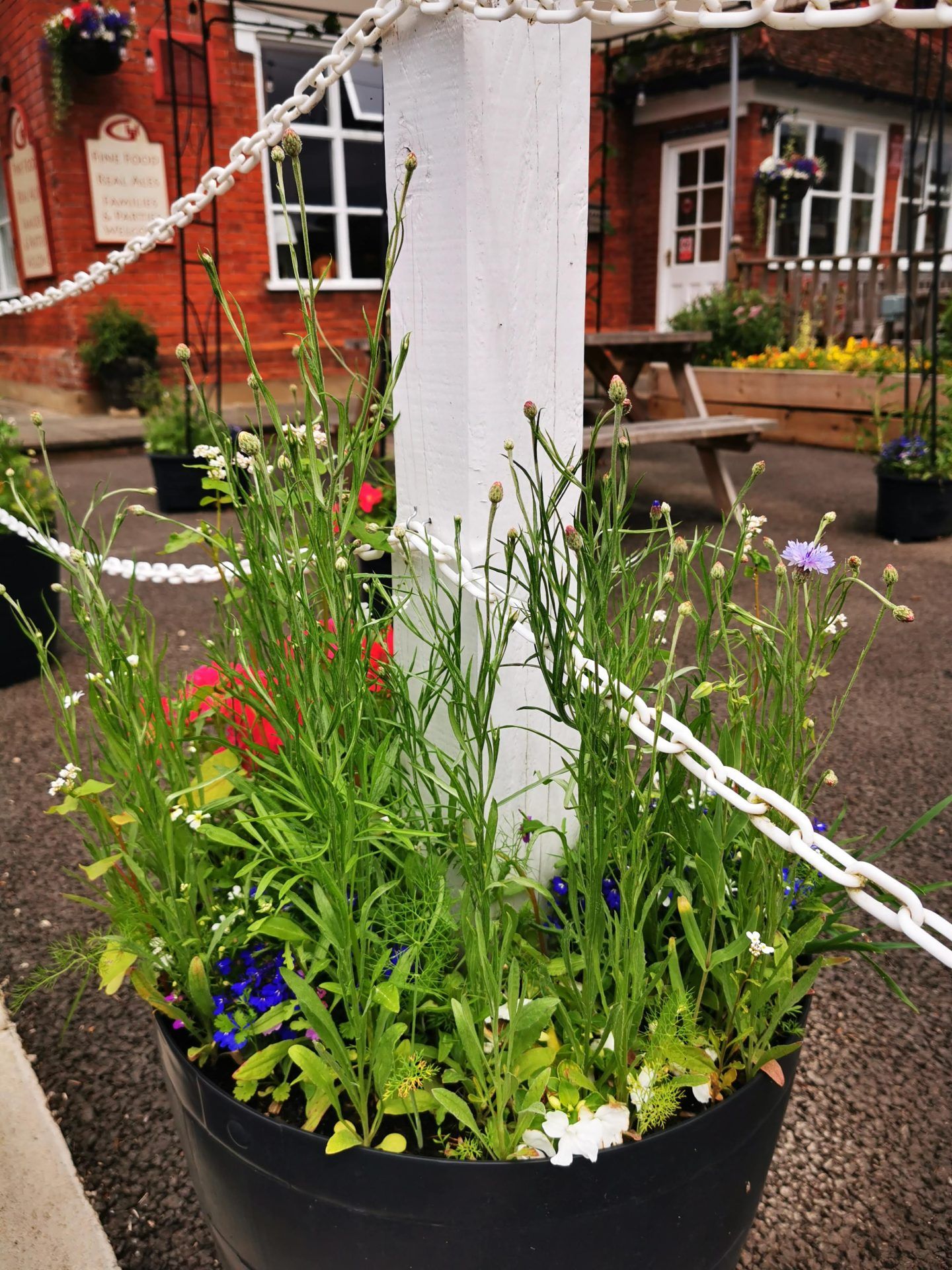
Plant a pollinator paradise
Planting pollen-rich flowers provides plenty of food and resting spots so it’s the perfect way to care for pollinators. Plants such as lavender, marigolds and peonies are easy to grow making them great choices, plus you’ll brighten up your outdoor spaces too!
Why not host a planting party and create a buzz in your community? Split and share seeds or young plants with your neighbours and encourage everyone to join in by inviting people to share compost and containers.
Provide a water source
Pollinators need water to stay hydrated and active, just like us humans. Fill shallow dishes with water and place near blossoming flowers to attract the bees and butterflies. Popping in some pebbles or twigs can make it easier for them to land, and be sure to top up with clean water every now and then to keep it fresh and healthy.
Turning your communities’ green spaces into pollinator pit stops is easy. Simply add a small, shallow water dish or bee cup to an area with plenty of plants.
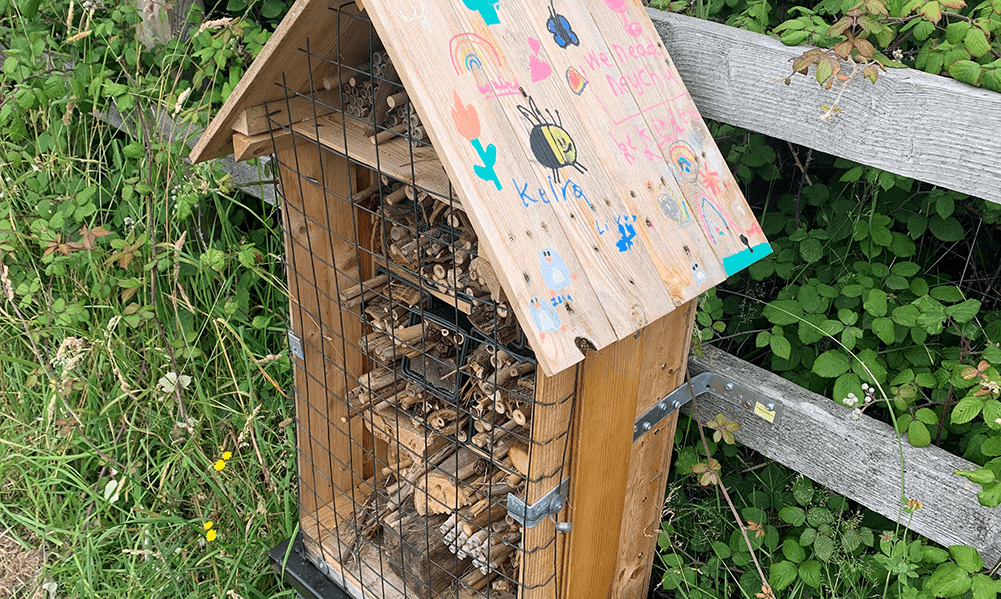
Build a bee hotel
Bee hotels provide a refuge for solitary bees. They’re an easy way to look after these beneficial pollinators and can be made from things you have at hand. By looking after bees, you’ll have plants that look great and you’ll be helping to improve your local biodiversity too!
Building bee or insect hotels is a great activity for getting ‘hands on’ too. You could invite the local youth group, Scouts or school to get involved and hang hotels all around the community.
Go pesticide-free
Try to avoid spraying chemical pesticides or weed killers on plants as these can harm pollinators and your local environment. Instead, handpick unwanted insects or weeds from your growing areas.
A few people weeding at once is a great way to come together and will soon work wonders where weeds have gotten too wild. Introducing organic gardening methods where you can will also help encourage biodiversity and improve soil health where you live.
0 %
of the different crops we grow for food depend in some way on pollinators*
0 +
species of pollinators in the UK!
0 %
of our 27 bumblebee species are in decline**
Sit back and relax…
Perhaps one of the easiest ways to support pollinators – let nature take its course! Leave patches of ground, like in your garden or outside a community venue, to grow wild.
Common weeds like dandelions are great for pollinators and it doesn’t need to be the whole garden. If everyone on your street allowed a small pocket of their garden (just 1m square can make a difference) to grow wild you could see twice as many bees in your local area!
Help pollinators in your community
Making your own space into a pollinator-friendly haven is a brilliant start – but can you go even further and get your wider community involved? Having networks of joined-up habitats filled with flowers and water sources will help these important creatures thrive.
1) Showcase your own efforts
Sometimes our view of what’s ‘messy’ or ‘full of weeds’ is different to others. The best way to influence others is to show the benefits of pollinator-friendly gardening. Communicate clearly about why you’ve done things a certain way – leaving flowers to seed or areas left unmown isn’t lazy, it’s deliberate!
Can you create a little wild patch outside your home or in a communal space (with permission) with a sign explaining it’s to support pollinators? Take photos of your efforts and share on your local WhatsApp or Facebook group!
The more positively you can showcase pollinator-friendly gardening, the more people you’ll bring along for the journey.
2) Ask your council to mow verges less often
Email your local council to see if they’ll reduce the frequency that they mow the verges in your local area (assuming they’re not causing access or visibility problems). This is an win-win solution – it saves councils money and supports a great range of wildlife.
3) Get people involved
There are lots of ways you can bring your community together to support pollinators. You could host a session making insect hotels or wildflower planters.
Why not ask your community to take part in an event like the Big Butterfly Count or Big Garden Birdwatch to see what wildlife you have in your local area? Doing a citizen science survey year after year can help you see the results of your efforts, too!
Buy wildflower seeds from the Eden Project
Eden Project has a brilliant range of wildflower seeds available to purchase online to help you get started with pollinator friendly gardening. They’ve also got ready-made bug hotels and other wildlife homes, perfect for creating your brilliant wildlife-friendly space.
More ideas

Start a community garden
Add some nature to your neighbourhood.

Make your community greener
Creating biodiverse spaces is good for people, communities and our planet. Use…
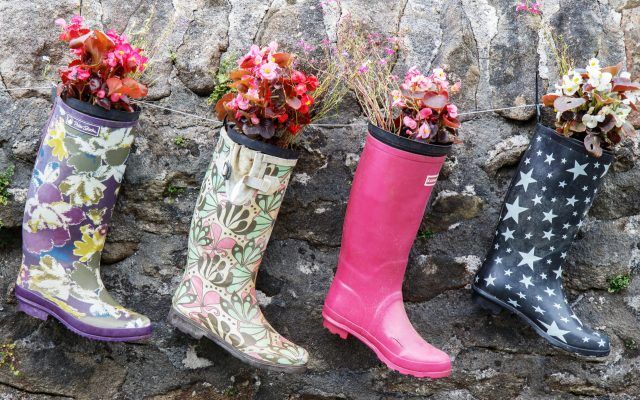
How to plant flowers around your neighbourhood
Fancy brightening up where you live? Plant in pots, upcycled planters or…
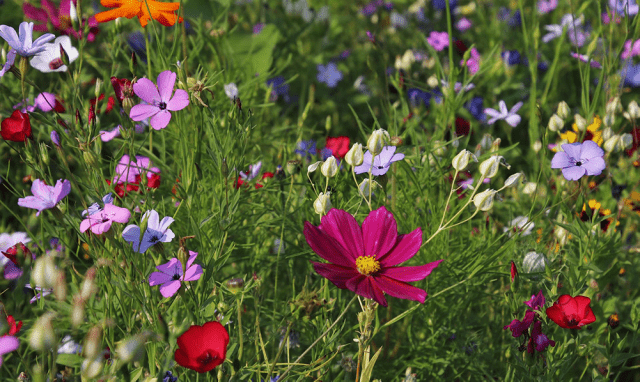
How to sow wildflowers
Our top tips on how to sow wildflowers and make them bloom.
